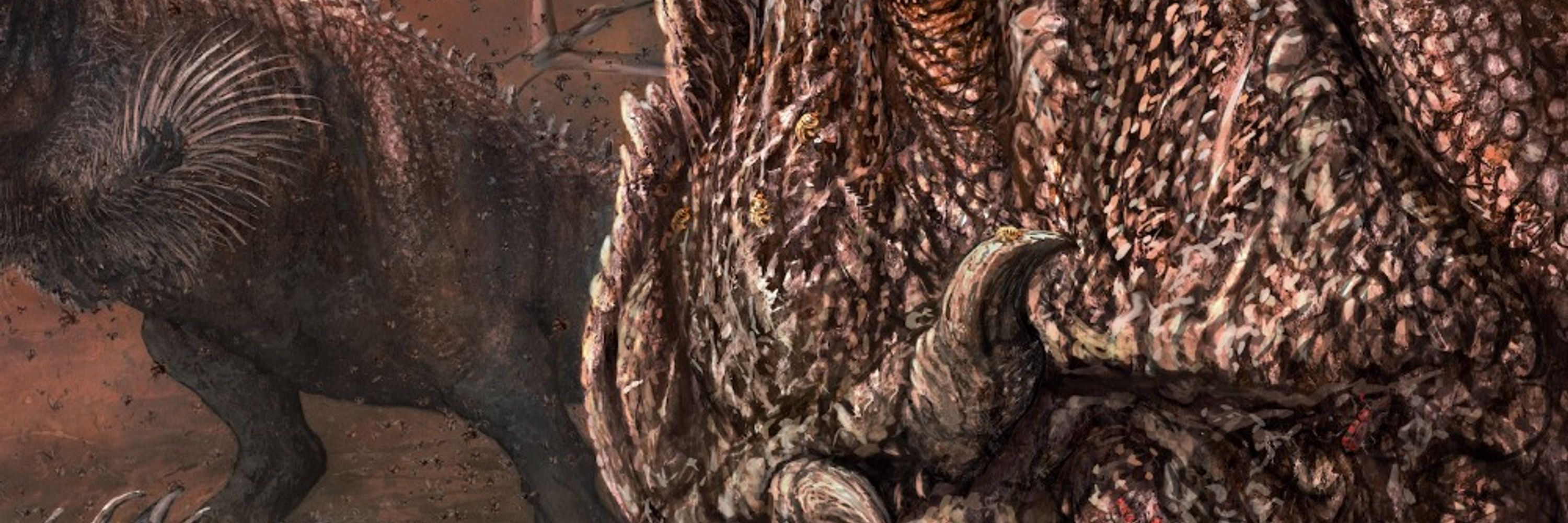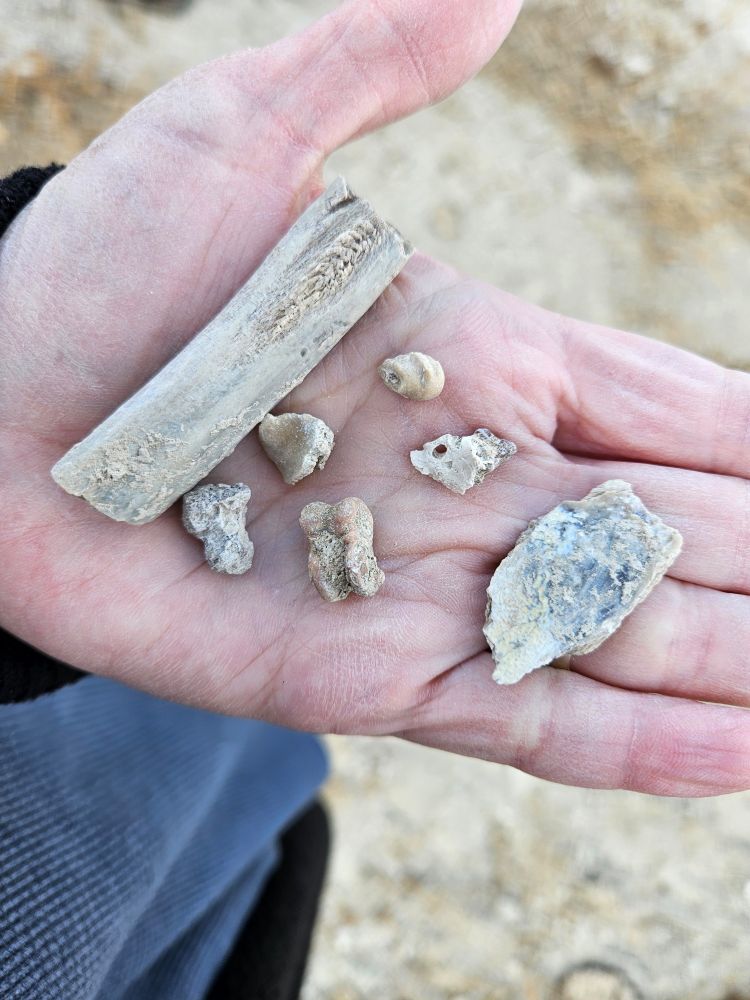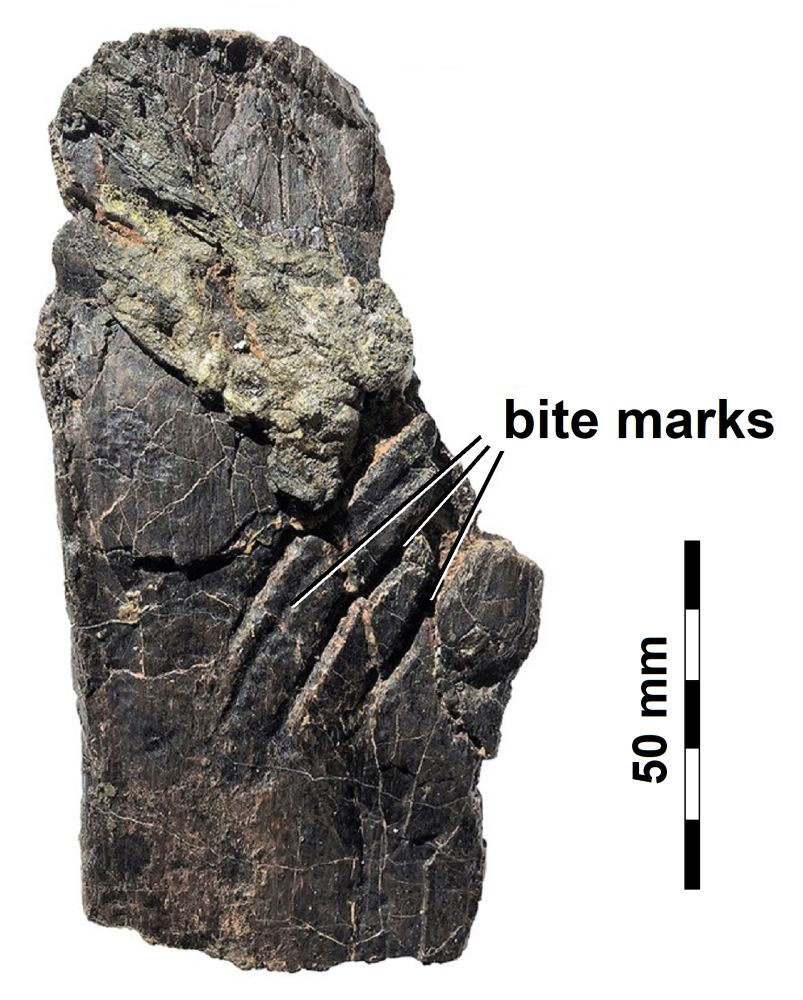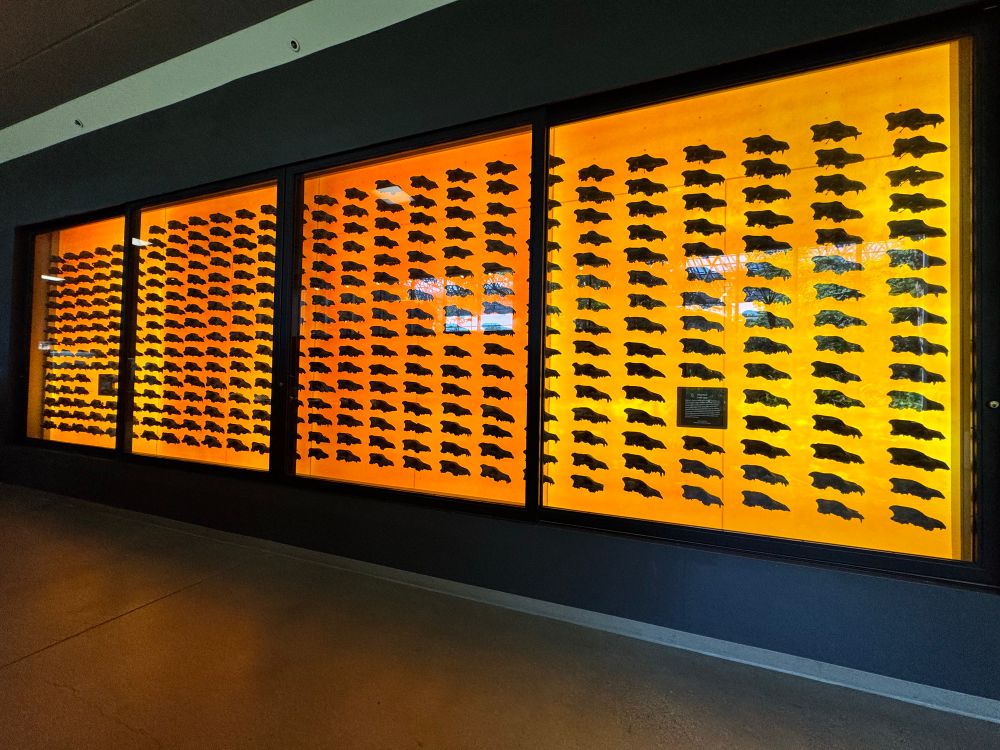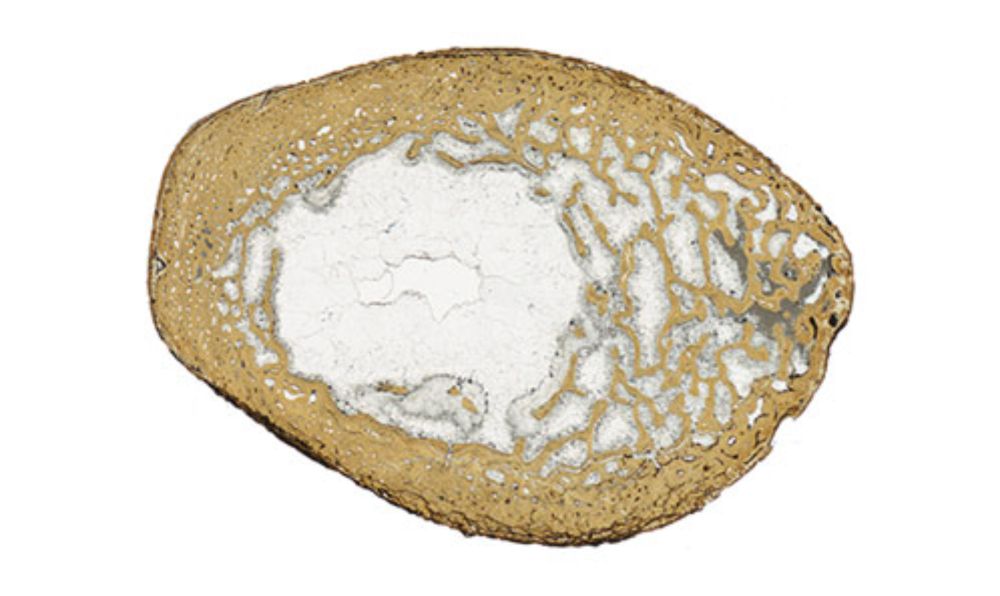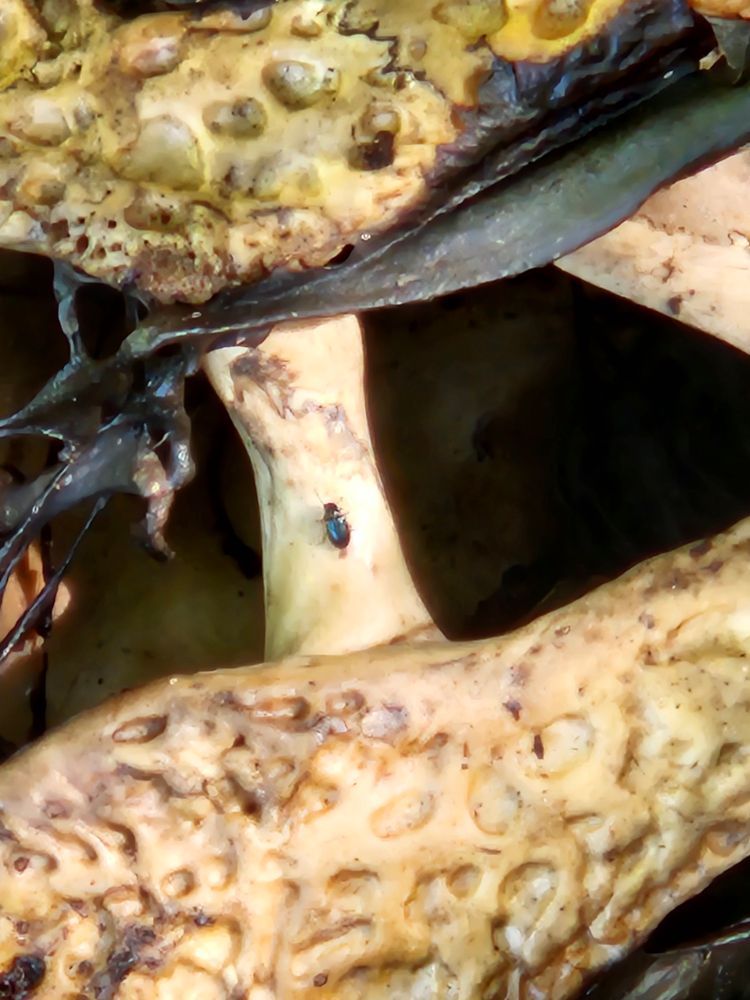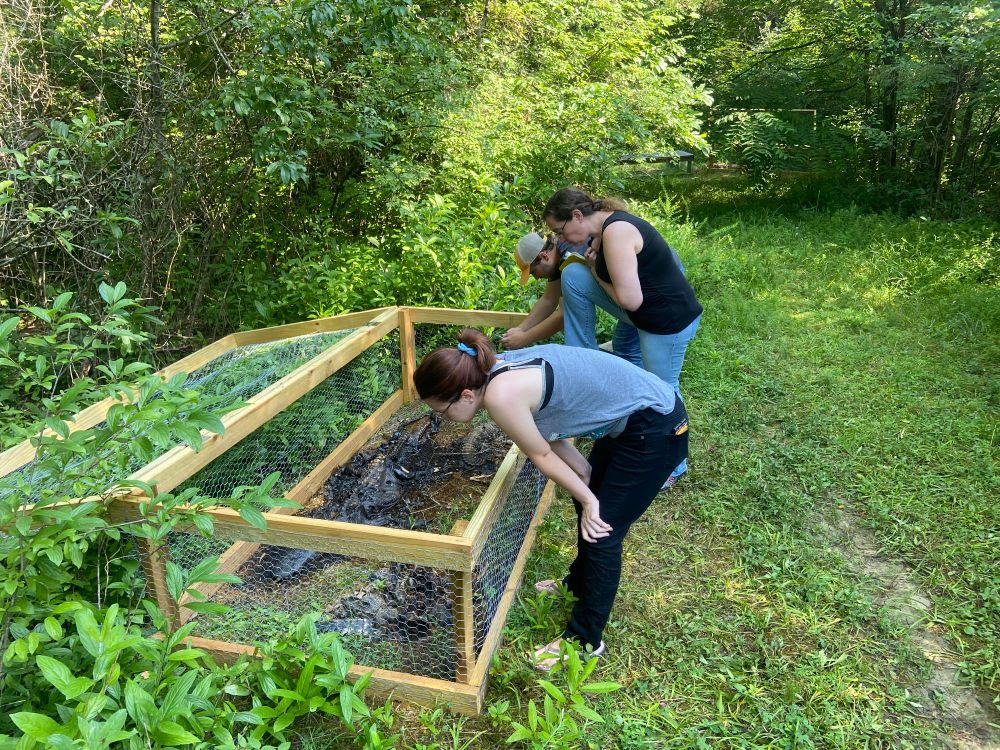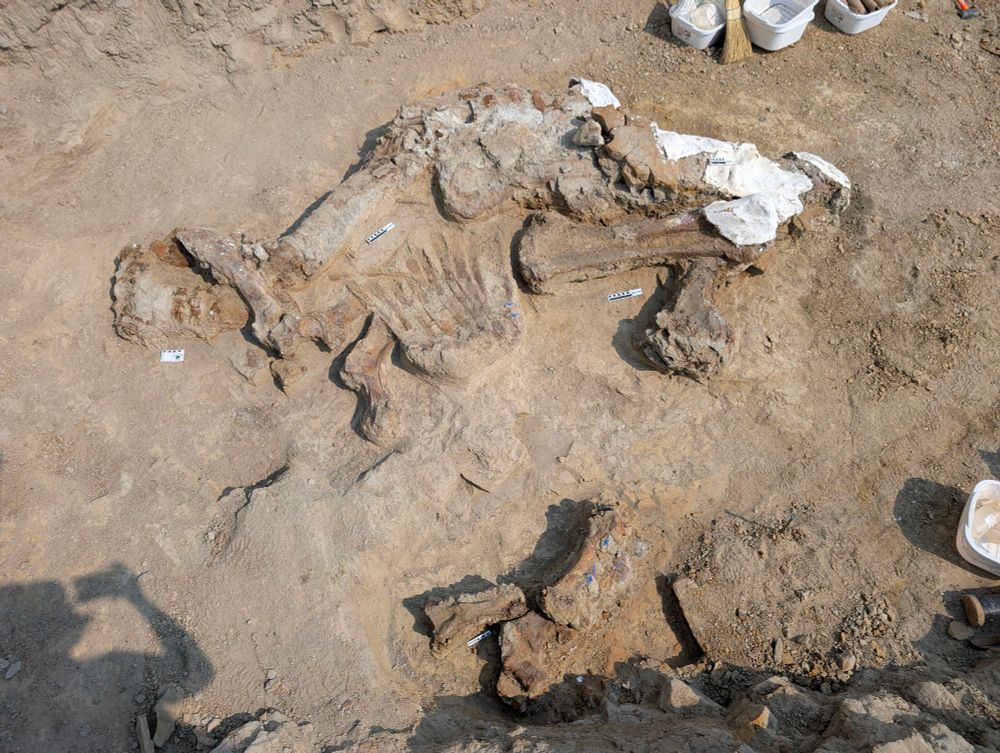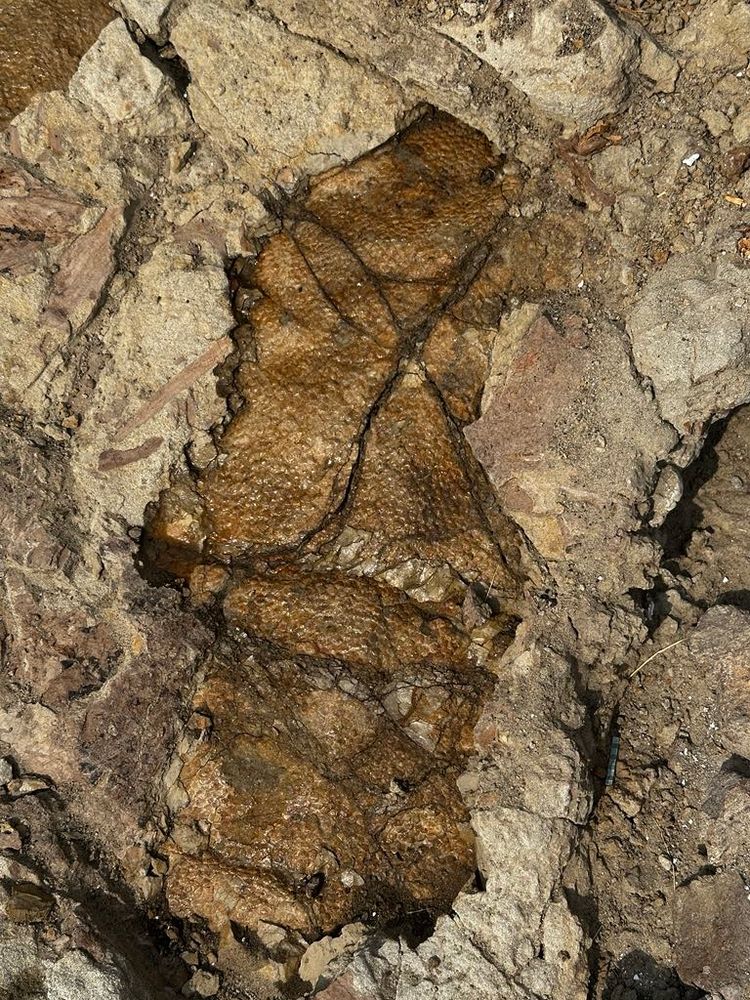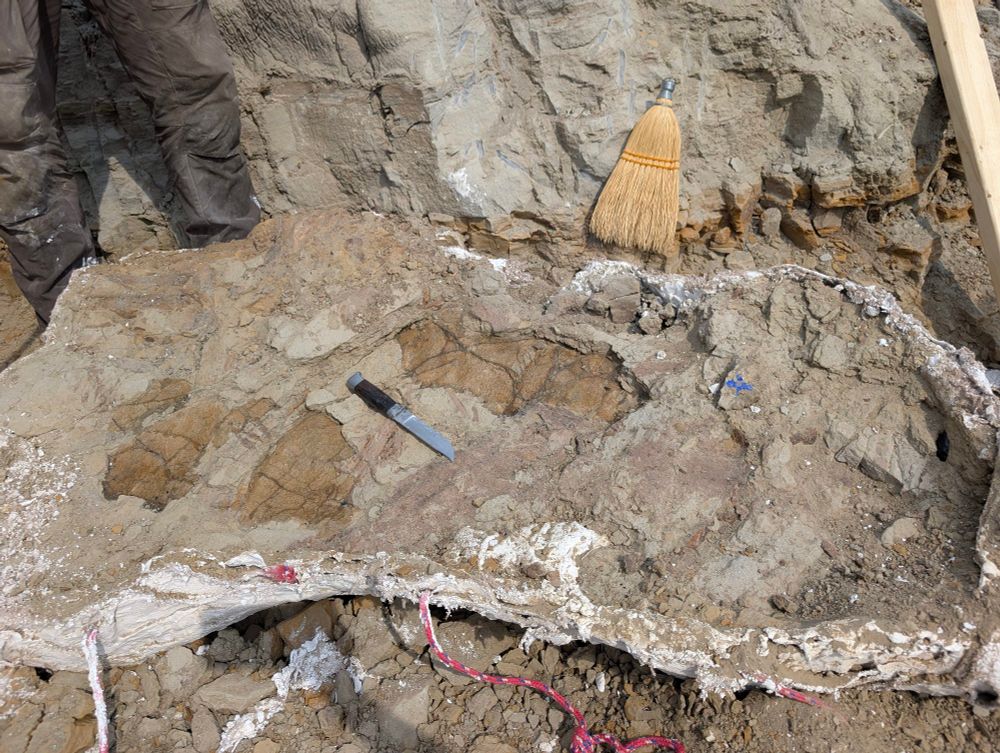Stephanie Drumheller
@uglyfossils.bsky.social
920 followers
220 following
210 posts
Studying the evolution of archosaurs and their behaviors, one ugly fossil at a time. she/her
Posts
Media
Videos
Starter Packs
Pinned
Reposted by Stephanie Drumheller
Reposted by Stephanie Drumheller
Reposted by Stephanie Drumheller
Reposted by Stephanie Drumheller
Reposted by Stephanie Drumheller
Reposted by Stephanie Drumheller
Reposted by Stephanie Drumheller
Reposted by Stephanie Drumheller
Reposted by Stephanie Drumheller
Reposted by Stephanie Drumheller
